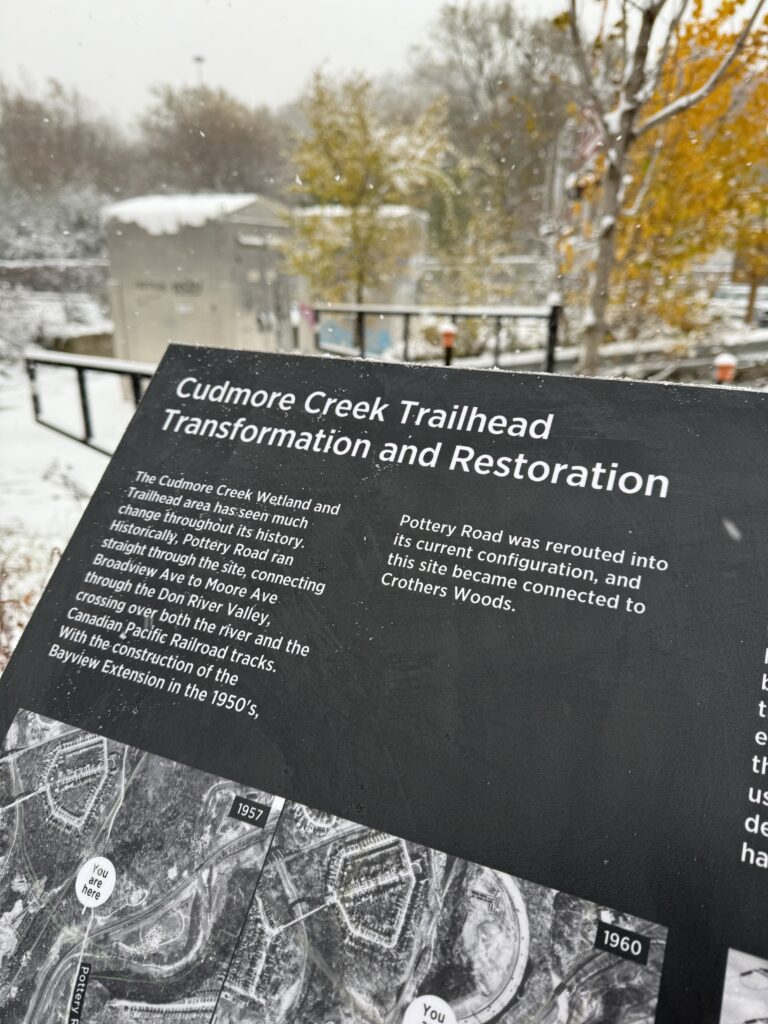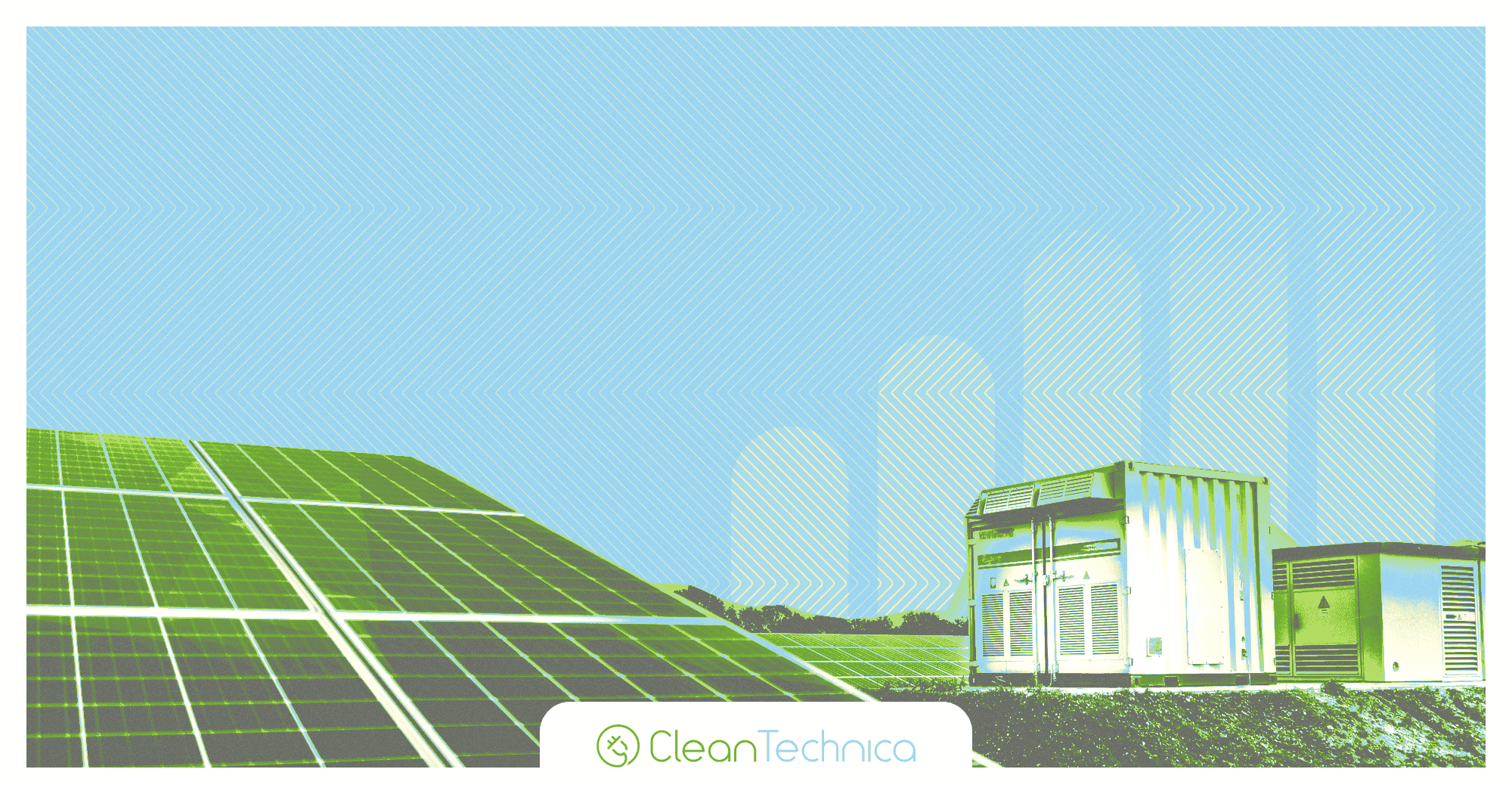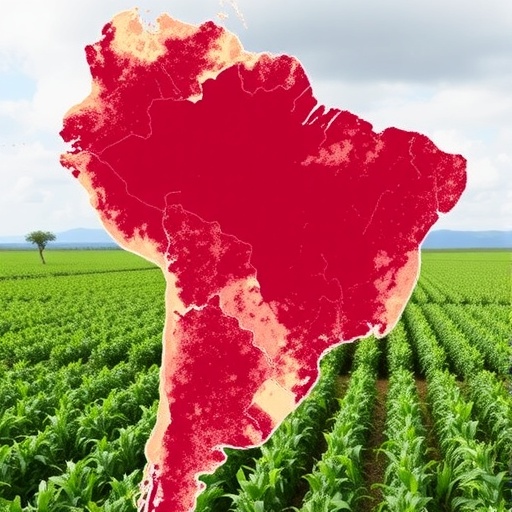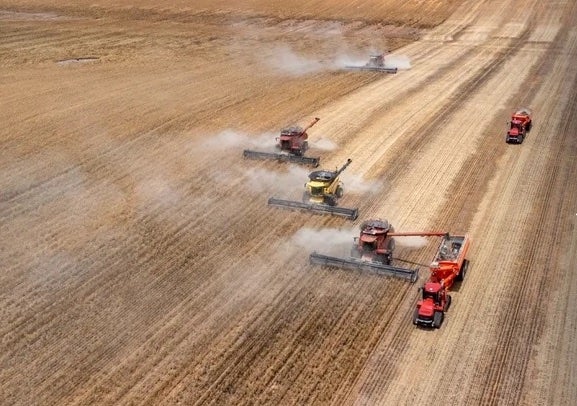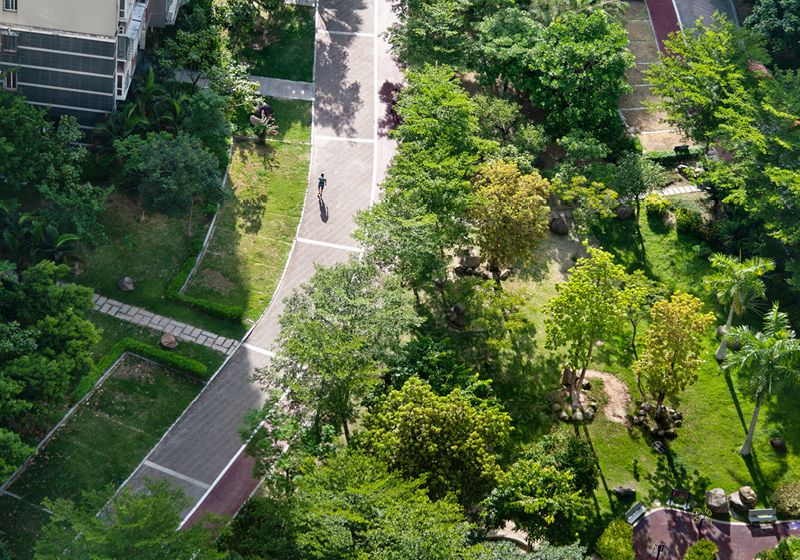Inversion and validation of soil water-holding capacity in a wild fruit forest, using hyperspectral technology combined with machine learning – Nature

Report on Soil Water-Holding Capacity in a Wild Fruit Forest: A Hyperspectral and Machine Learning Approach for Sustainable Development
Executive Summary
This report details a study conducted in a wild fruit forest in Xinjiang, China, to quantitatively assess Soil Water-Holding Capacity (SWHC), a critical parameter for water conservation and ecosystem health. The research aligns with several United Nations Sustainable Development Goals (SDGs), particularly SDG 6 (Clean Water and Sanitation), SDG 13 (Climate Action), and SDG 15 (Life on Land). By integrating hyperspectral remote sensing, advanced mathematical transformations, and machine learning algorithms, this study developed a robust model for monitoring SWHC. The key findings indicate a strong negative correlation between SWHC and leaf spectral reflectance, which was significantly enhanced through derivative transformations. A Random Forest (RF) model proved most effective for SWHC estimation (R2 = 0.73, RPD = 1.90), demonstrating superior stability in uncertainty analyses. Spatial mapping using Sentinel-2 imagery revealed that SWHC is highest in areas with dense forest cover and in valley terrains, highlighting the direct link between ecosystem health and water retention. The results provide a novel, scalable methodology for monitoring a key hydrological service, offering critical insights for ecological restoration, sustainable forest management, and the protection of vital genetic resources, thereby supporting the achievement of global sustainability targets.
1.0 Introduction: Aligning Forest Management with Sustainable Development Goals
Forest ecosystems are fundamental to achieving the 2030 Agenda for Sustainable Development, providing essential services that underpin global environmental stability and human well-being. This study addresses the critical need for advanced monitoring techniques to support sustainable forest management, with a direct focus on the following SDGs:
- SDG 15: Life on Land: Terrestrial ecosystems, particularly ancient forests like the wild fruit forest of Xinjiang, are biodiversity hotspots and contain invaluable genetic resources (Target 15.5). Monitoring their health through indicators like SWHC is essential for their conservation and restoration (Target 15.1), promoting sustainable management (Target 15.2), and combating land degradation (Target 15.3).
- SDG 6: Clean Water and Sanitation: The water conservation function of forests is paramount. SWHC directly influences the availability and quality of water resources. This research contributes to the protection and restoration of water-related ecosystems (Target 6.6) and promotes efficient water use by understanding the landscape’s natural storage capacity.
- SDG 2: Zero Hunger: The wild fruit forests of Xinjiang are a significant origin of cultivated deciduous fruit trees. Protecting these genetic reservoirs is crucial for the long-term resilience and sustainable development of agriculture (Target 2.4).
- SDG 13: Climate Action: Healthy forests with high SWHC are more resilient to climate-induced stresses such as drought. This research provides tools to enhance the adaptive capacity of these vital ecosystems, contributing to climate action (Target 13.1).
The degradation of the Xinjiang wild fruit forest due to anthropogenic pressures threatens these ecosystem services. This report presents a non-invasive, scalable methodology to assess SWHC, providing a scientific basis for targeted interventions that align with global sustainability objectives.
2.0 Methodological Framework for Ecosystem Assessment
A multi-stage methodology was employed to develop a robust and scalable model for SWHC estimation, integrating field data with advanced analytical techniques.
2.1 Data Acquisition and Field Analysis
- Field Sampling: Data was collected from 57 sample points within the wild fruit forest reserve in Emin County, Xinjiang. This included soil samples (10-20 cm depth) and canopy leaf spectral data.
- SWHC Calculation: The effective SWHC was determined in the laboratory using the ring knife method, providing the ground-truth data for model training and validation.
- Hyperspectral Data Collection: Leaf spectral reflectance was measured using an ASD FieldSpec4 spectroradiometer (350–2500 nm), providing detailed information on vegetation health as an indicator of soil moisture status.
- Satellite Imagery: Sentinel-2A remote sensing imagery was acquired for spatial inversion, enabling the transition from point-based measurements to area-wide mapping, crucial for landscape-level management aligned with SDG targets.
2.2 Data Processing and Feature Engineering
- Spectral Preprocessing: Raw spectral data were smoothed using the Savitzky–Golay filter to reduce noise.
- Mathematical Transformations: To enhance the sensitivity of spectral data to SWHC, several transformations were applied, including first, second, and third-order derivatives, and logarithmic derivatives. This step was critical for isolating the most informative spectral features.
- Feature Selection: The most sensitive spectral bands and vegetation indices (e.g., TCARI, MCARI) were selected based on their correlation with measured SWHC, forming the input variables for the machine learning models.
2.3 Machine Learning Model Development and Validation
- Model Construction: Three machine learning algorithms were tested: Support Vector Machine (SVM), Backpropagation Neural Network (BPNN), and Random Forest (RF).
- Accuracy Evaluation: Models were evaluated using the coefficient of determination (R2), Root Mean Square Error (RMSE), and Ratio of Performance to Deviation (RPD).
- Uncertainty Analysis: A Monte Carlo simulation was conducted to assess the stability and robustness of the models, a crucial step for ensuring the reliability of monitoring tools used for SDG reporting.
3.0 Key Findings and SDG Implications
3.1 Hyperspectral Response to Soil Water-Holding Capacity
A significant negative correlation was identified between SWHC and leaf spectral reflectance (r = -0.59). As SWHC increased, indicating better water availability for plants, leaf reflectance decreased. This foundational relationship confirms that vegetation canopy spectra can serve as a reliable proxy for sub-canopy soil moisture conditions.
- SDG Implication (SDG 15 & 6): This finding establishes a scientific basis for using remote sensing to monitor the hydrological health of forests, a key component of managing water-related ecosystems and ensuring the sustainable use of terrestrial resources.
Mathematical transformations dramatically improved this correlation. The third-order derivative (r = -0.78) and the logarithmic second-order derivative (r = -0.72) were most effective at enhancing the signal, demonstrating the power of advanced processing to extract meaningful ecological information from complex spectral data.
3.2 Optimal Model for SWHC Estimation
The Random Forest (RF) algorithm produced the most accurate and stable model for estimating SWHC.
- Model Performance: The RF model achieved an R2 of 0.73, RMSE of 0.158, and RPD of 1.90, indicating a reliable predictive capability suitable for quantitative estimation.
- Model Robustness: Uncertainty analysis using Monte Carlo simulations confirmed the RF model’s superior stability. Its 95% confidence interval was significantly narrower ([0.3899, 0.8996]) compared to the BPNN model ([0.3813, 1.6262]), indicating lower prediction uncertainty and greater reliability for long-term monitoring.
- SDG Implication (SDG 15.3): The development of a robust RF model provides a powerful tool for land managers to monitor land degradation. By accurately estimating SWHC, authorities can identify areas at risk and implement targeted restoration efforts, directly contributing to the goal of achieving a land degradation-neutral world.
3.3 Spatial Distribution of SWHC and Management Insights
The spatial inversion of the RF model using Sentinel-2 imagery revealed distinct patterns in SWHC across the wild fruit forest.
- Key Spatial Patterns: SWHC values were significantly higher in areas with dense wild fruit forest coverage and in low-lying valley terrains where runoff accumulates. Conversely, areas with degraded vegetation cover and higher elevations exhibited poor water retention.
- Evidence of Degradation: The overall low SWHC in many parts of the scenic area, linked to overgrazing and tourism pressures, underscores the urgent need for intervention.
- SDG Implication (SDG 15.2 & 6.6): These findings provide clear, spatially explicit evidence for policymakers. They highlight that protecting and restoring forest cover is the most effective strategy for enhancing water retention. This directly supports the sustainable management of forests and the restoration of water-related ecosystems, which are critical for both biodiversity and water security.
4.0 Conclusion and Recommendations for Sustainable Management
This study successfully demonstrates that an integrated approach combining hyperspectral technology and machine learning can effectively and non-invasively monitor the Soil Water-Holding Capacity of complex forest ecosystems. The Random Forest model proved to be a robust and reliable tool, providing critical insights that directly support the achievement of the Sustainable Development Goals.
Based on the findings, the following recommendations are proposed to advance sustainable management in the Xinjiang wild fruit forest and similar ecosystems:
- Implement Targeted Reforestation and Restoration: Focus restoration efforts on degraded areas identified through SWHC mapping to enhance vegetation cover, which is proven to increase water retention. This directly supports SDG 15.3 (Combat Desertification) and SDG 6.6 (Protect Water-Related Ecosystems).
- Promote Sustainable Land Use Practices: Develop and enforce management strategies that mitigate the impacts of overgrazing and unregulated tourism to prevent further degradation and protect the genetic resources of the wild fruit forest, aligning with SDG 15.2 (Sustainable Forest Management) and SDG 2.4 (Sustainable Agriculture).
- Adopt Advanced Monitoring Technologies: Integrate the validated RF model and Sentinel-2 imagery into regular ecosystem monitoring protocols. This provides a cost-effective, scalable solution for evidence-based decision-making and reporting on progress towards SDG targets.
- Strengthen Conservation Efforts: Prioritize the conservation of this unique biodiversity hotspot, recognizing its global significance for genetic resources and its vital role in regional water security and climate resilience (SDG 15.5 & SDG 13.1).
By leveraging modern technology to understand and manage ecosystem services, this research provides a clear pathway for aligning local conservation actions with global sustainability imperatives.
Analysis of Sustainable Development Goals (SDGs) in the Article
1. Which SDGs are addressed or connected to the issues highlighted in the article?
-
SDG 2: Zero Hunger
The article connects to SDG 2 by highlighting the importance of the wild fruit forests’ genetic diversity for agriculture. It states, “The genetic diversity of various wild fruit trees and agricultural plants, which is of great significance for the sustainable development of agriculture.” This emphasizes the role of conserving these wild species as a genetic resource for future food security.
-
SDG 6: Clean Water and Sanitation
This goal is central to the article, which focuses on “Soil water retention is a critical aspect of water conservation.” The study aims to assess and enhance the Soil Water-Holding Capacity (SWHC) of forest ecosystems, directly contributing to the management and protection of water resources. The introduction notes that forests provide fundamental services, including “water supply,” and the study’s findings are intended to offer “valuable references for… enhancing the water conservation function of wild fruit forests.”
-
SDG 9: Industry, Innovation, and Infrastructure
The study is a clear example of applying scientific innovation and advanced technology to address environmental challenges. It integrates “hyperspectral technology with machine learning algorithms to model complex nonlinear relationships” and uses “Sentinel-2 imagery” for spatial analysis. This aligns with the goal of enhancing scientific research and upgrading technological capabilities for sustainable development.
-
SDG 13: Climate Action
The article links forests to climate regulation, stating that they are “among the most essential terrestrial ecosystems on Earth, providing fundamental services, such as… climate regulation.” By studying methods to restore and manage these forests, the research indirectly supports climate action, as healthy forests are crucial for carbon storage and regulating local climates, which enhances resilience to climate-related hazards like drought.
-
SDG 15: Life on Land
This is the most prominently addressed SDG. The article is entirely focused on a terrestrial ecosystem—the “wild fruit forests in Xinjiang, China.” It covers multiple facets of SDG 15, including:
- Conservation of ecosystems: The study aims to provide a “scientific basis for the development of vegetation restoration strategies.”
- Halting biodiversity loss: The article identifies the wild fruit forests as a “global biodiversity hotspot” and emphasizes the need for “conservation of wild germplasm resources.”
- Restoring degraded land: It notes that “extensive grazing and tourism development have led to severe degradation of large areas of the wild fruit forest” and that the study’s findings can support “ecological restoration.”
2. What specific targets under those SDGs can be identified based on the article’s content?
-
Target 2.5: Maintain the genetic diversity of seeds, cultivated plants and farmed and domesticated animals and their related wild species.
The article directly supports this target by focusing on the conservation of “wild fruit forests,” which “harbor valuable genetic resources.” It explicitly mentions that the “genetic diversity of various wild fruit trees… is of great significance for the sustainable development of agriculture,” highlighting the importance of protecting these wild relatives of cultivated plants.
-
Target 6.6: By 2020, protect and restore water-related ecosystems, including mountains, forests, wetlands, rivers, aquifers and lakes.
The study’s primary objective is to understand and improve the water conservation function of a forest ecosystem. By developing a model to assess SWHC, the research provides tools for the “ecological restoration” and management of wild fruit forests, which are critical water-related ecosystems, especially in the described semi-arid climate.
-
Target 9.5: Enhance scientific research, upgrade the technological capabilities of industrial sectors in all countries… encouraging innovation.
The research methodology is a testament to this target. The study “integrated hyperspectral technology with machine learning algorithms,” used “Sentinel-2 A remote sensing imagery,” and applied “uncertainty analysis” to develop a novel and robust model. This represents an advancement in scientific research and technological capability for environmental monitoring.
-
Target 15.1: By 2020, ensure the conservation, restoration and sustainable use of terrestrial and inland freshwater ecosystems and their services, in particular forests…
The entire article is aligned with this target. Its findings are meant to provide “valuable references for ecological restoration, enhancing the water conservation function of wild fruit forests, and formulating targeted management strategies,” directly promoting the conservation and restoration of this specific forest ecosystem.
-
Target 15.3: By 2030, combat desertification, restore degraded land and soil… and strive to achieve a land degradation-neutral world.
The article addresses land degradation by noting that “extensive grazing and tourism development have led to severe degradation of large areas of the wild fruit forest.” The study of SWHC is crucial for understanding soil health and its findings support “vegetation restoration in wild fruit forests to enhance soil moisture retention and prevent erosion,” which is a key strategy in combating land degradation.
-
Target 15.5: Take urgent and significant action to reduce the degradation of natural habitats, halt the loss of biodiversity and… protect and prevent the extinction of threatened species.
The research focuses on a “global biodiversity hotspot” and highlights threats to it, such as degradation from human activities. By providing tools for monitoring and restoration, the study contributes to actions needed to protect this unique habitat and its “rich biological resources,” including the dominant species, wild apple (*Malus sieversii*).
3. Are there any indicators mentioned or implied in the article that can be used to measure progress towards the identified targets?
-
Soil Water-Holding Capacity (SWHC)
This is the primary quantitative indicator developed and measured in the study. The article defines it as “a key indicator of soil water dynamics” and a measure of the “water conservation capacity of forest soils.” It can be used to monitor the health and functionality of the forest ecosystem (Target 6.6, 15.1).
-
Spatial Distribution of SWHC
The final output of the study is a map showing the “spatial distribution of SWHC in the wild fruit forests.” This spatial data is a powerful indicator for identifying areas in need of restoration and for tracking the effectiveness of management interventions over time (Target 15.3).
-
Vegetation Indices (e.g., MCARI, TCARI) and Spectral Reflectance
The article uses various vegetation indices and spectral data as proxies to estimate SWHC. These indices, which “can effectively capture spectral signals, enhance sensitive information,” serve as indirect indicators of vegetation health and water status, which are linked to ecosystem integrity (Target 15.1).
-
Forest Canopy Density / Vegetation Coverage
The article implies this as an indicator by linking it directly to ecosystem health and function. It notes that degradation has led to “reduced forest canopy density” and that “SWHC values were relatively higher in areas with dense wild fruit forest coverage.” Monitoring canopy cover is a direct way to measure progress in vegetation restoration (Target 15.3).
-
Model Accuracy Metrics (R², RMSE, RPD)
These metrics are used to evaluate the performance of the innovative technological models (SVM, RF, BPNN). They serve as indicators of progress in developing and refining the scientific tools needed for sustainable management, as called for in Target 9.5. For example, the RF model yielded “an R² of 0.73 and an RPD close to two, indicating high model reliability.”
4. Table of SDGs, Targets, and Indicators
| SDGs | Targets | Indicators Identified in the Article |
|---|---|---|
| SDG 2: Zero Hunger | 2.5: Maintain genetic diversity of seeds and plants, including their wild relatives. | Conservation status of wild fruit tree species (*Malus sieversii*) and their genetic resources. |
| SDG 6: Clean Water and Sanitation | 6.6: Protect and restore water-related ecosystems, including forests. | Soil Water-Holding Capacity (SWHC); Water conservation function of the forest. |
| SDG 9: Industry, Innovation, and Infrastructure | 9.5: Enhance scientific research and upgrade technological capabilities. | Application of hyperspectral technology, machine learning (RF, BPNN), and remote sensing (Sentinel-2); Model accuracy metrics (R², RMSE, RPD). |
| SDG 13: Climate Action | 13.1: Strengthen resilience to climate-related hazards (e.g., drought). | Forest ecosystem’s role in climate regulation; SWHC as a measure of resilience to drought. |
| SDG 15: Life on Land | 15.1: Ensure the conservation and restoration of terrestrial ecosystems like forests. | Formulation of ecological restoration and management strategies based on SWHC data. |
| 15.3: Combat desertification and restore degraded land and soil. | Spatial distribution map of SWHC; Forest canopy density/vegetation coverage. | |
| 15.5: Halt biodiversity loss and protect threatened species. | Monitoring of a “global biodiversity hotspot”; Conservation of wild germplasm resources. |
Source: nature.com

What is Your Reaction?
 Like
0
Like
0
 Dislike
0
Dislike
0
 Love
0
Love
0
 Funny
0
Funny
0
 Angry
0
Angry
0
 Sad
0
Sad
0
 Wow
0
Wow
0















;Resize=805#)









